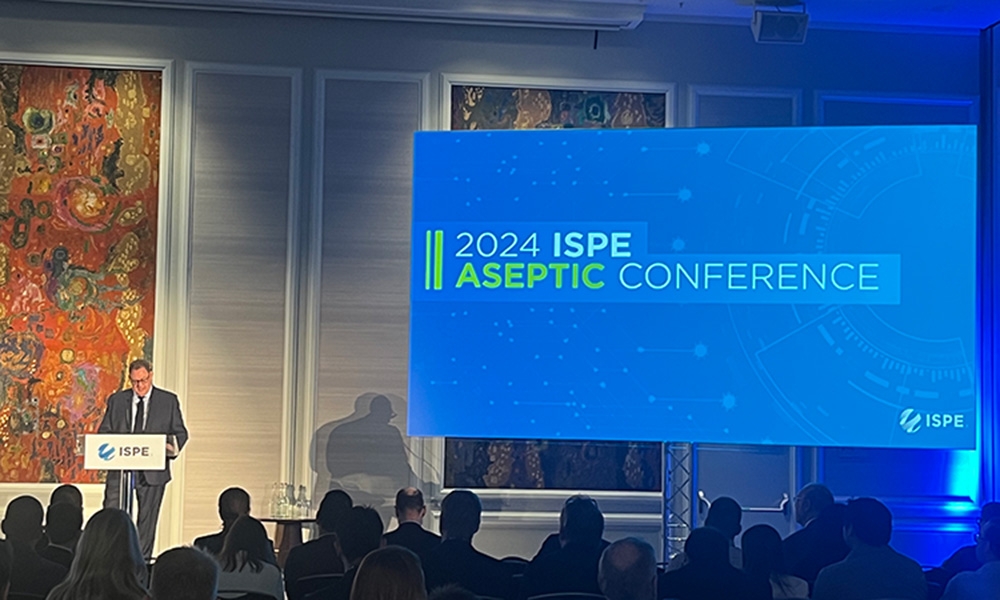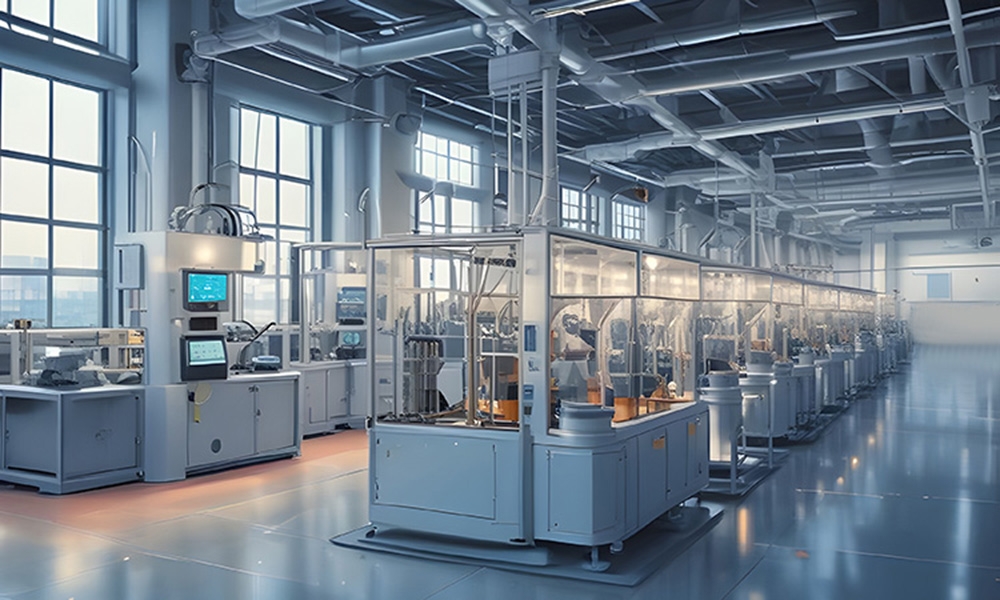Tracking a Company's Sustainability Journey in Pharma Industry Part 2

By: Chris Lee LEED AP, Architectural Designer
JacobsWyper Architects
In Part 1 of “Tracking a Company’s Sustainability Journey in the Pharma Industry” we ended by asking what companies can do to integrate sustainability into their manufacturing and business practices. In Part 2, we explore specific practices and strategies within current sustainability frameworks that we see as potential opportunities for the industry, including the Living Building Challenge’s Life Cycle Assessment model, the WELL Building Standard’s workplace health and wellness standards and on-going commissioning/recommissioning processes from LEED v4.
Life-Cycle Assessment
Life-Cycle Assessment, or LCA, is a standardized technique used to quantify and understand the environmental impacts associated with the creation of a product. Most often, LCAs are conducted to measure a product’s “cradle-to-gate” footprint, encompassing the entire manufacturing process from raw materials extraction and ending at the factory gate. It does not consider the distribution, use or end-of-life phases for the product in question.
If you want to further identify the processes and ingredients that contribute most to your product’s environmental footprint, consider engaging a certified LCA practitioner to conduct a Life-Cycle Assessment for that product, which is in accordance with the ISO 14040 and ISO 14044 standards. The results can also help establish a baseline for planned or proposed product optimizations by revealing key product inputs such as energy and water consumption. In other words, if a raw material is being sourced from a new, more locally-based supplier or a more efficient piece of equipment is being evaluated, LCA can give your company the tools to measure and quantify the resulting improvements.
Wellness in the Workplace
The health and wellness of a building’s occupants has come to the forefront of the sustainability discussion. As a result, traditional conversations about air quality, VOCs, and daylighting has expanded to include employee nourishment, fitness and mindfulness.
It is clear that the industry creates products that contribute to the health of consumers, but what about the health and wellness of your employees? Consider looking at your office and manufacturing spaces and ask how they might better promote and encourage wellness for the people that work there. Do employees have opportunities to connect with nature via exterior amenities, views, or through biophilic design elements in the office space? If the site offers food, are there healthy options that also accommodate different dietary restrictions? Are activity-incentive programs offered or fitness facilities available on-site? There are many ways to promote health at the workplace, either through the design of the workplace itself or possibilities for employee engagement, and the Well Building Standard is the perfect place to start.
Existing Buildings: On-Going Commissioning or Recommissioning
Many companies are headquartered at sites where they have operated for many years. Typically, when buildings are first constructed, HVAC systems are commissioned by a third party to confirm that they operate as designed but, as facilities age, these systems de-grade and additional attention and maintenance is needed to maintain optimal performance.
Consider engaging your facilities team to discuss the potential of developing and implementing an on-going commissioning or recommissioning process at one of your facilities to ensure that systems continue to perform efficiently. Recommissioning can be particularly useful for companies who are moving into an existing building where systems are already in place (but their performance is unverified). On-going commissioning, on the other hand, is a continuous process intended to resolve operating problems, improve comfort, and optimize energy use. It begins with an examination of building systems to identify potential operating issues or component failures, followed by corrective action as well as modification of the building’s operating procedures1 . Both on-going and recommissioning can offer energy savings to an industry in which HVAC is often one of the largest energy demands.
Health-conscious design, life-cycle assessment and commissioning are three strategies that are opportunities for the industry because each address components of the Triple Bottom line (people, planet, and profit). When factoring these three elements into business decisions, companies can ensure that sustainability is effectively incorporated into their corporate initiatives and culture. And remember, your company’s sustainability journey can start anywhere but the important thing is to begin the process.


